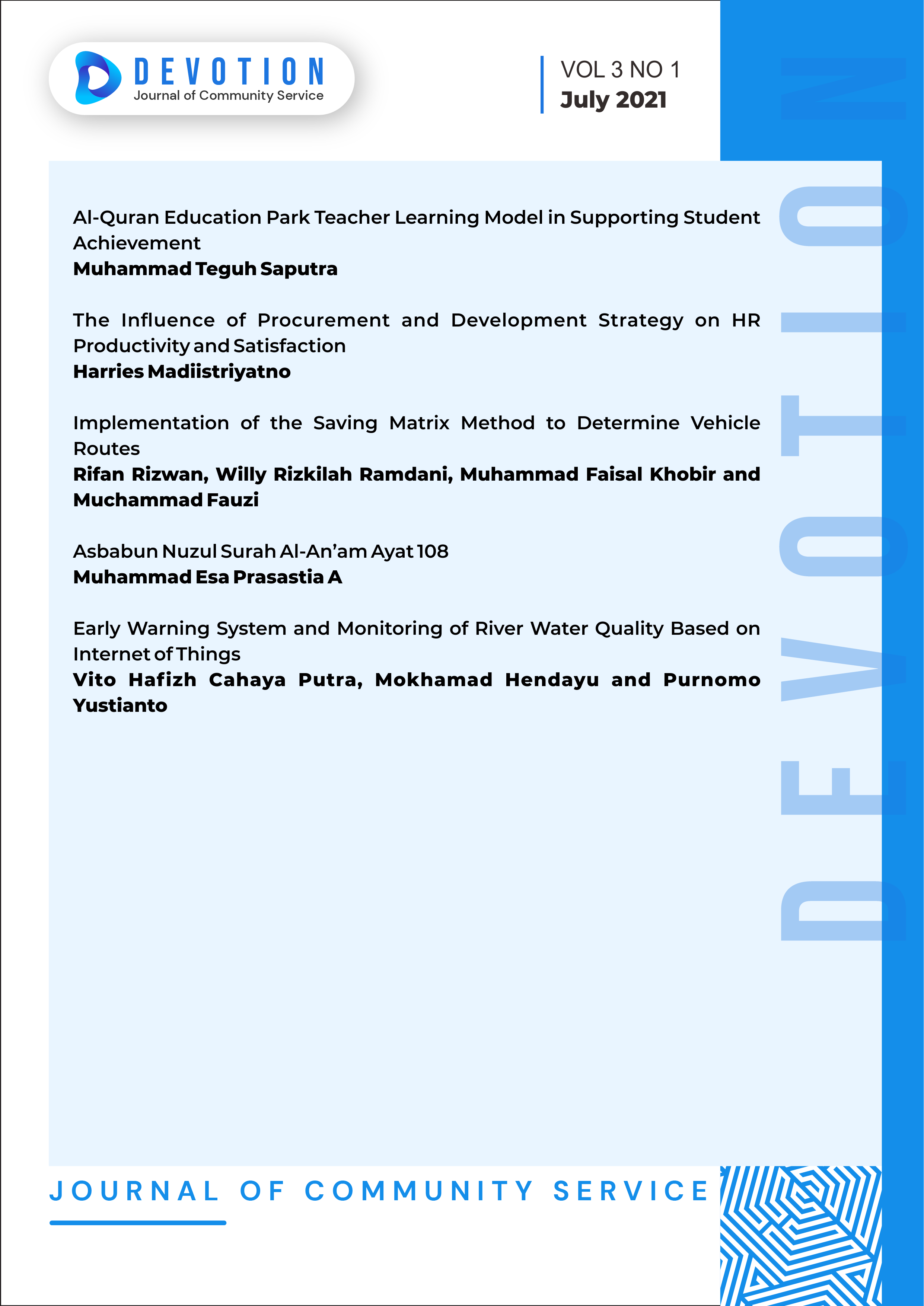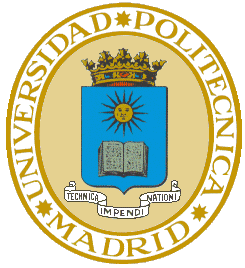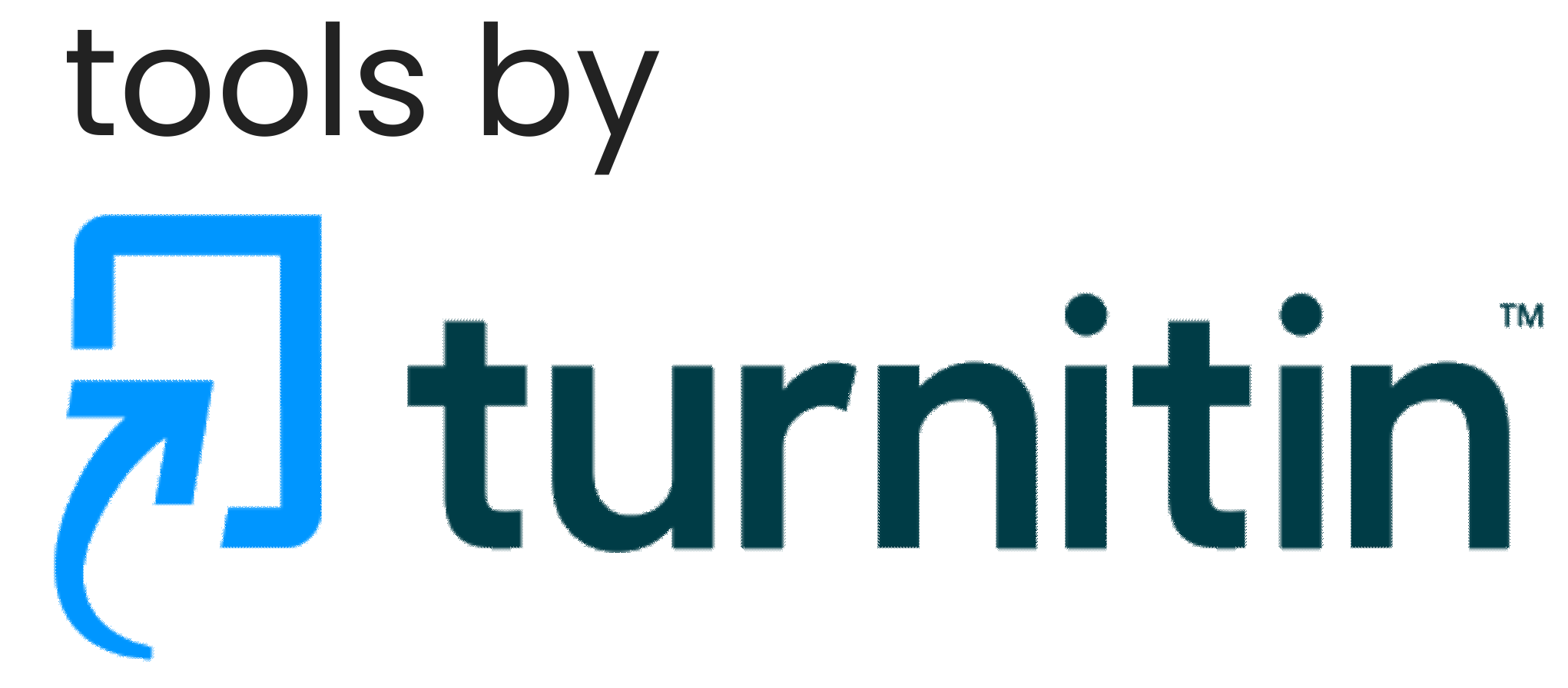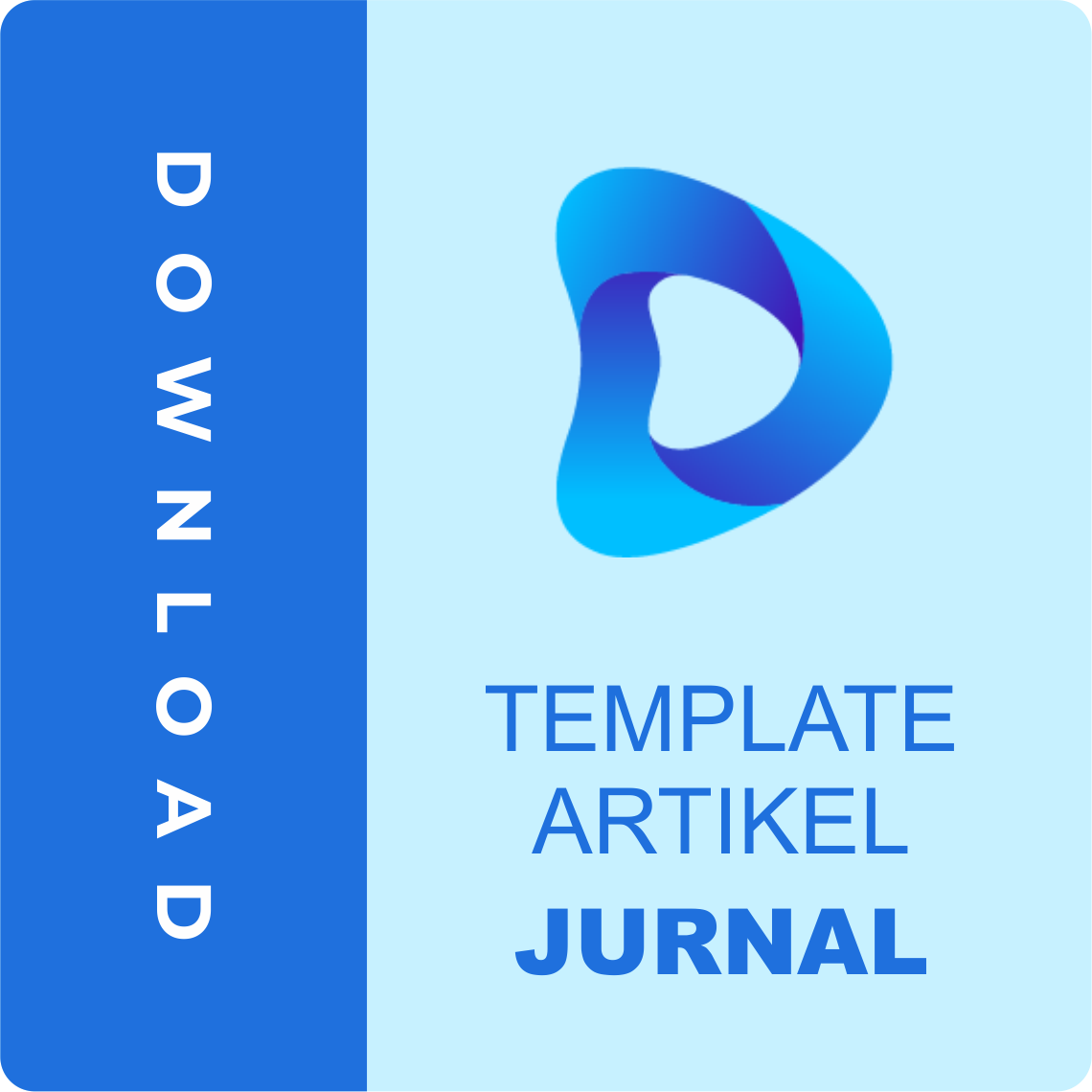Implementation of the Saving Matrix Method to Determine Vehicle Routes
DOI:
https://doi.org/10.36418/dev.v3i1.87Keywords:
Distribution, Transportation , Saving MatriksAbstract
The availability of the number of vehicles in Karawang Regency is not matched by the availability of fuel at gas stations. Due to the very high demand for fuel, the Cikampek BBM Terminal has several problems, including the absence of a standard distribution route in distributing its products to gas stations so that it takes a long time and the high amount of transportation costs that must be borne by the company. In this study, the route and distribution schedule will be determined as well as determining the capacity and number of tanker trucks that are able to minimize mileage, travel time and transportation costs. Based on calculations using the Saving Matrix method, it produces efficiency in the number of vehicles needed from 7 trucks to 4 tanker trucks, vehicle usage from 9 times to 6 times, distance traveled from 63 KM to 53 KM and the difference in transportation costs per day is Rp. 1,312,633.
Published
Issue
Section
License
Copyright (c) 2021 Willy Rizkilah Ramdani, Rifan Rizwan, Muhammad Faisal Khobir , Muchammad Fauzi

This work is licensed under a Creative Commons Attribution-ShareAlike 4.0 International License.
Authors who publish with this journal agree to the following terms:
- Authors retain copyright and grant the journal right of first publication with the work simultaneously licensed under a Creative Commons Attribution-ShareAlike 4.0 International. that allows others to share the work with an acknowledgement of the work's authorship and initial publication in this journal.
- Authors are able to enter into separate, additional contractual arrangements for the non-exclusive distribution of the journal's published version of the work (e.g., post it to an institutional repository or publish it in a book), with an acknowledgement of its initial publication in this journal.
- Authors are permitted and encouraged to post their work online (e.g., in institutional repositories or on their website) prior to and during the submission process, as it can lead to productive exchanges, as well as earlier and greater citation of published work.













